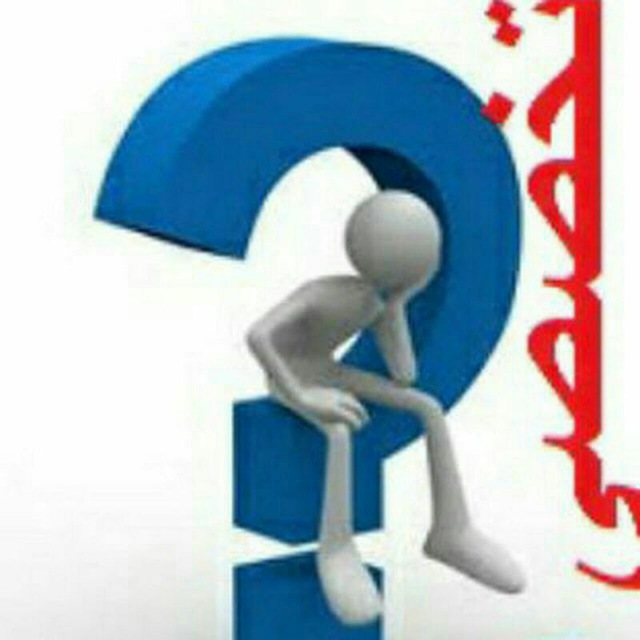How is VAT calculated?
Added value in economic activities has its own calculation method. For example, the method of calculating the value added tax for classes of businesses is different from a group of classes and parts of groups and parts of departments. In general, value added tax is classified according to four chapters:
VAT account for the purchase of goods or services
VAT account for the sale of goods or services
Tax account for the purchase of goods or services
Tax account for the sale of goods or services
The amount of value added tax must be paid based on the value of the goods or services included in the invoice for the purchase of goods or services. If there is no invoice, documents that show that the actual value of the goods or services has not been declared, the tax will be calculated based on the current price.
What items are exempt from value added tax?
The following items are not subject to VAT payment:
All discounts granted to the buyer of goods or services.
Tax already paid by the supplier of goods or services.
Any type of excise tax and any type of duty paid when supplying goods or services
Immovable property of natural or legal persons subject to taxation is exempt from VAT.
Handwoven carpets, basic goods such as sugar, rice, wheat, flour, dairy products, meat, dry milk, bread, and soybeans are exempt from VAT.
All equipment used in airports for navigation operations
The activities of authorized loan funds and all banking services and credit institutions and cooperative funds and cooperatives
All agricultural products that are not processed.
Livestock and poultry feed
Livestock and poultry and aquatic animals and beekeeping activities.
Activities related to fertilizers and poisons and seedlings and seeds
All public transport services within and outside the city (rail-land-air-sea)
All activities related to printing and publishing and paper
All services are subject to salary income tax, which is the subject of the direct taxes law.
All medical services for humans, animals and plants
All rehabilitation and support services for patients and the needy
All services related to medicine and medical equipment
All research and educational services as approved by the Ministry of Science, Ministry of Health and Ministry of Labor.
All goods accompanying the passenger that are for personal use and comply with the export and import law.
All items for military and law enforcement purposes that are approved by the Ministry of Defense and Armed Forces Support.
Please note, according to Article 13 of the Value Added Tax Law, the export of any goods and services abroad that is carried out through the official borders of the country is not subject to the Value Added Tax Law. If tax is also paid, it is refundable. The method of refund is that you have to submit the customs exit form along with the relevant documents to the tax department in order to return the amount.
